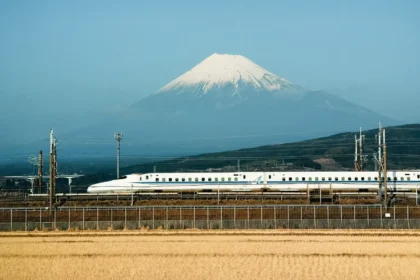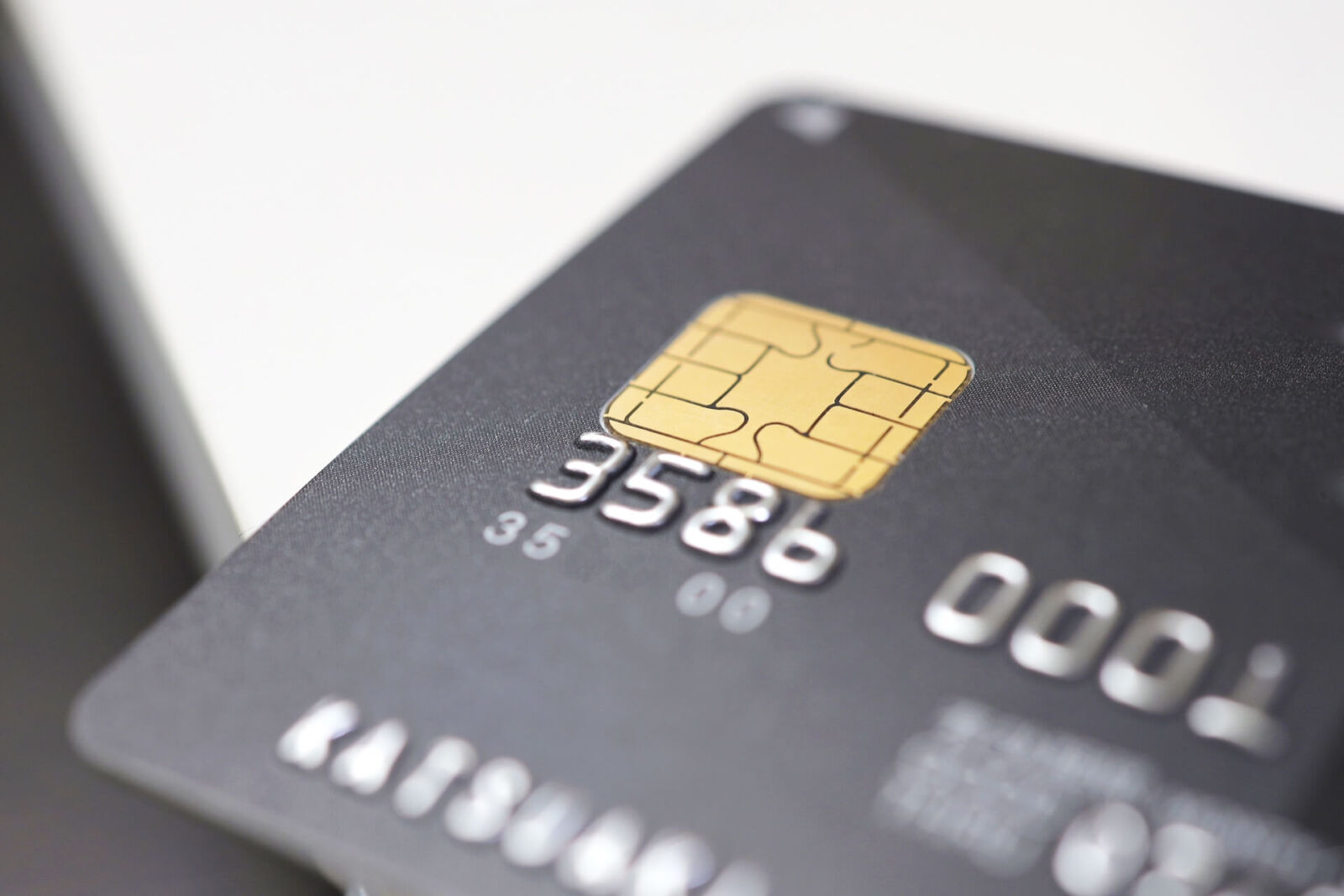
Japan is a country full of contradictions, and this sentiment is especially true when it comes to convenience and technology. While transport and moving around the country is impressively easy, seemingly simple actions like withdrawing money can be challenging. Thankfully, increased competition in recent years means that accessing cash and WiFi are now much easier to arrange, however, things can sometimes be harder than you’d expect.
On this page we will answer the following questions:
How can I pay for things while traveling in Japan?
What are the best ways to get cash in Japan?
How can I stay connected to the internet while in Japan?
What type of chargers are used in Japan?
How to mail things from Japan?
For further essential travel information, see our ‘Plan Your Visit’ main page.
BEST PAYMENT OPTIONS IN JAPAN
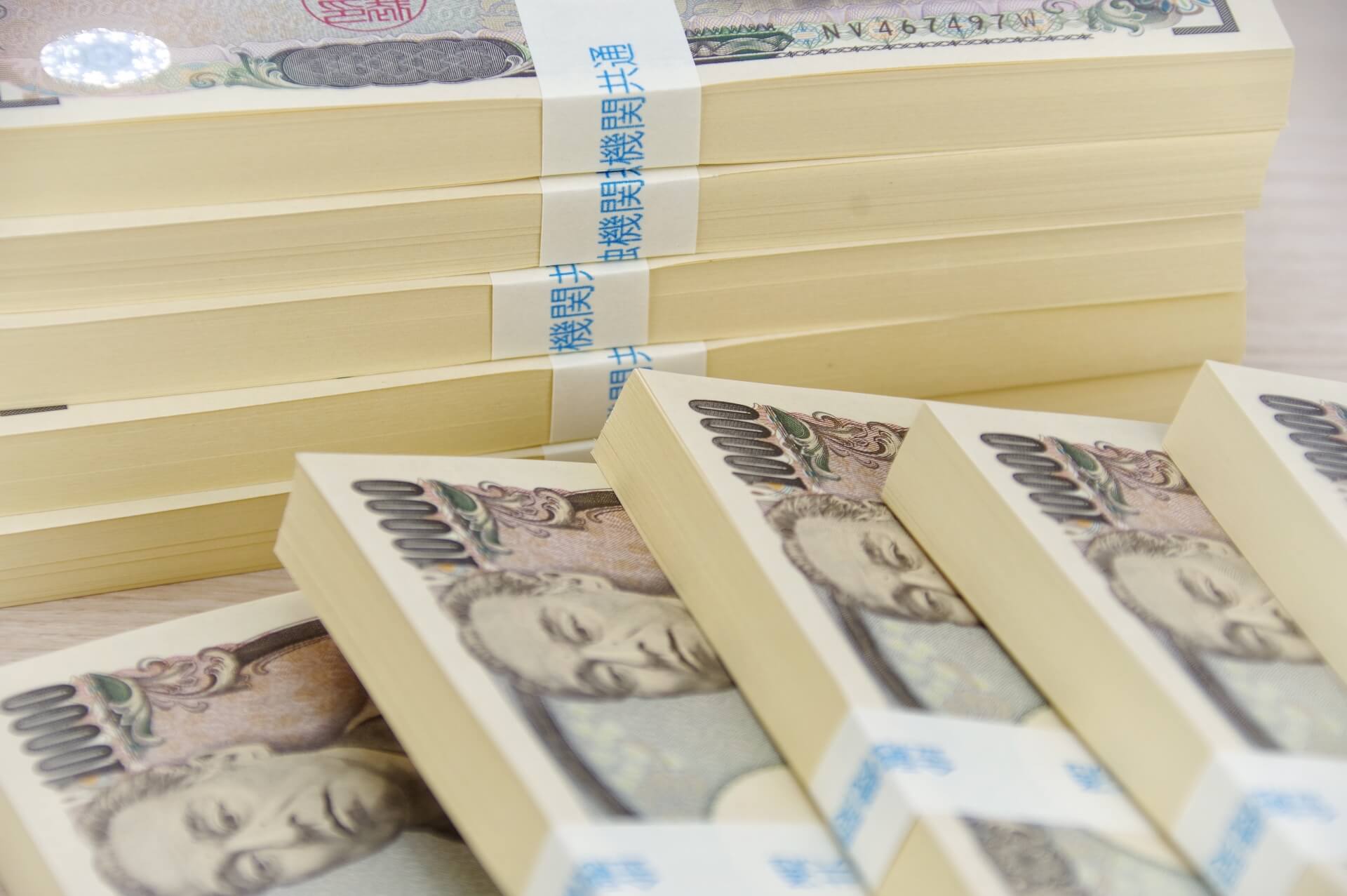
As the old saying goes, "cash is king" and nowhere is that more true than in Japan. The big surprise for many first-time travelers to Japan, especially those expecting a country of robots and mega-tech, is that Japan is still very much a cash economy. Be prepared for many businesses to only accept cash – especially in rural/regional areas.
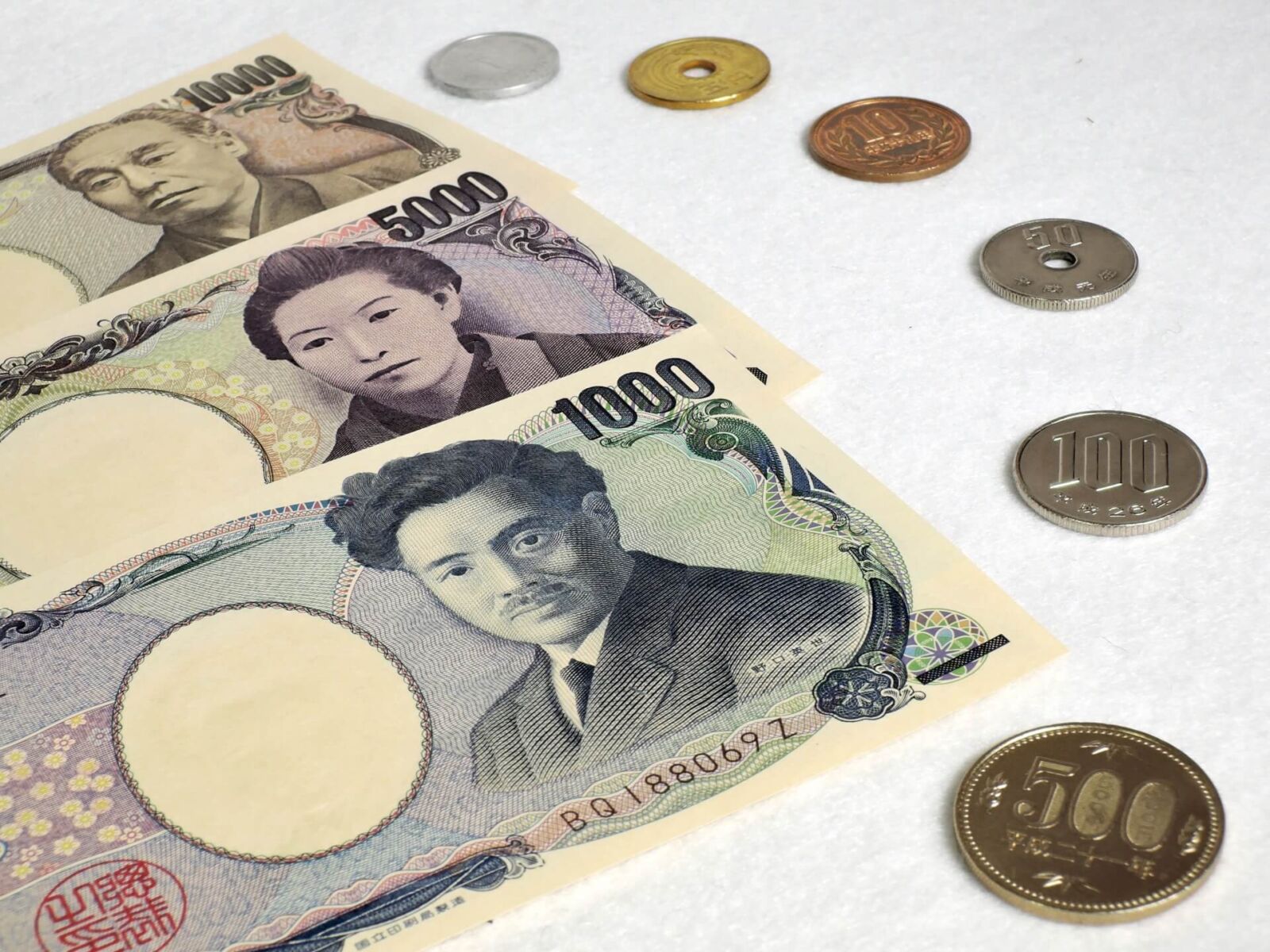
The Japanese currency is the ‘yen’ – also pronounced ‘en’ – and represented by this symbol ‘円’. Bank notes are issued in denominations of 1000円, 2000円*, 5000円 and 10,000円, while coins are issued in in denominations of 1円, 5円, 10円, 50円, 100円 and 500円.
Most travelers use ATMs to withdraw cash – see below for our recommendation of the best ATMs to use – while currency exchange is available through many major banks, post offices and at the international airports.
Exchange rates will of course vary between outlets and depending on where you are coming from. It might make more sense to exchange cash in your home country (to get a more competitive rate).
Travel Tip!* 2000円 notes are rarely seen in Japan and are mainly issued by foreign banker. When paying with a 2000円 note in Japan, expect some initial confusion and then interest in a note many Japanese have never seen. Rest assured, while it might prompt some confused looks and conversation it will be accepted.
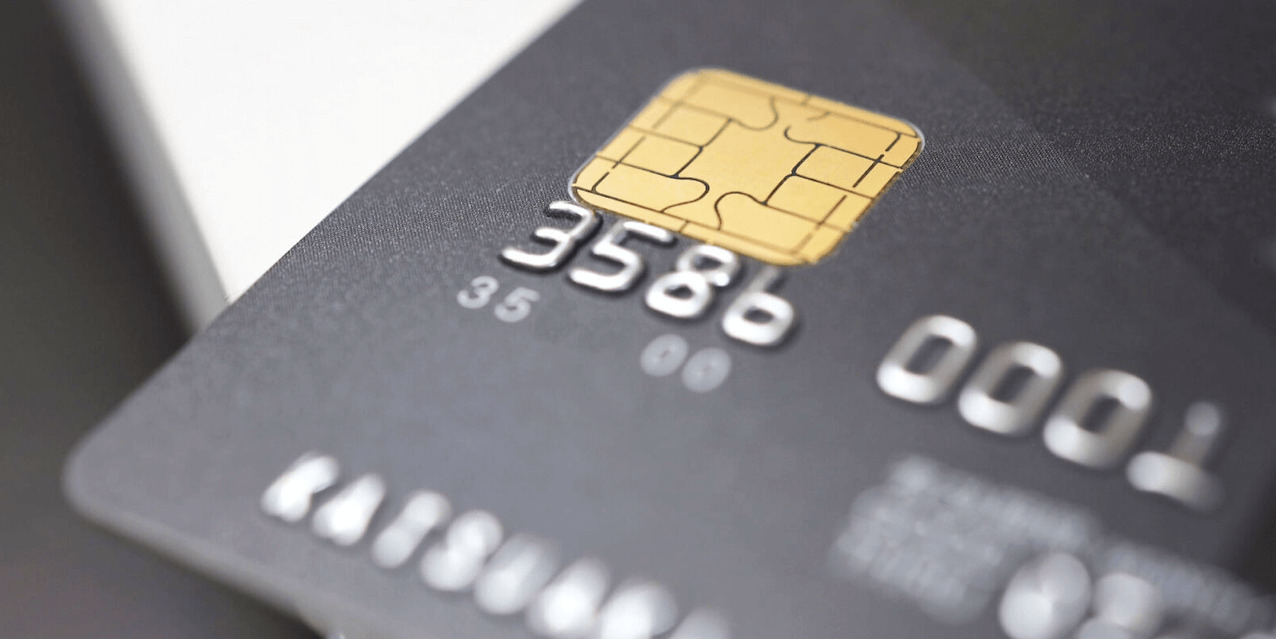
While "cash is king," it is increasingly possible to pay for accommodations, restaurants, and souvenirs with other payment options, especially in larger cities and tourist areas.
Payment by credit/debit card: Shops, restaurants, accommodation and tourist attractions in big cities will all accept payment by credit and debit card however there can on occasions be problems using cards issued overseas. So, as previously stated, it's best to have cash on hand just in case.
Payment by IC Card: The term ‘IC Card’ covers various rechargeable cards that are primarily used to pay for journeys on public transport. There are many but some of the most common include Suica, Pasmo and Icoca. These cards can also be used to make payment at some shops, convenience stores, and vending machines. It is important to note that IC Cards cannot be used everywhere, however if you are spending an extended in a large city as Tokyo, getting one and charging it every few days can save a lot of hassle.
Mobile payment: Compared to other countries, Japan has been slow on the uptake of mobile payment. While it has recently grown in popularity, it isn’t as ubiquitous as you might expect. While popular services including Apple Pay, Google Pay, WeChat Pay, and Alipay can be used in Japan, they may not be as readily available as in your home country.
The most popular mobile payment apps in Japan include Rakuten Pay, Line Pay, and Edy. These services are primarily aimed at residents of Japan and can be hard or impossible to register and use for international visitors without a Japanese bank account.
HOW TO WITHDRAW CASH IN JAPAN
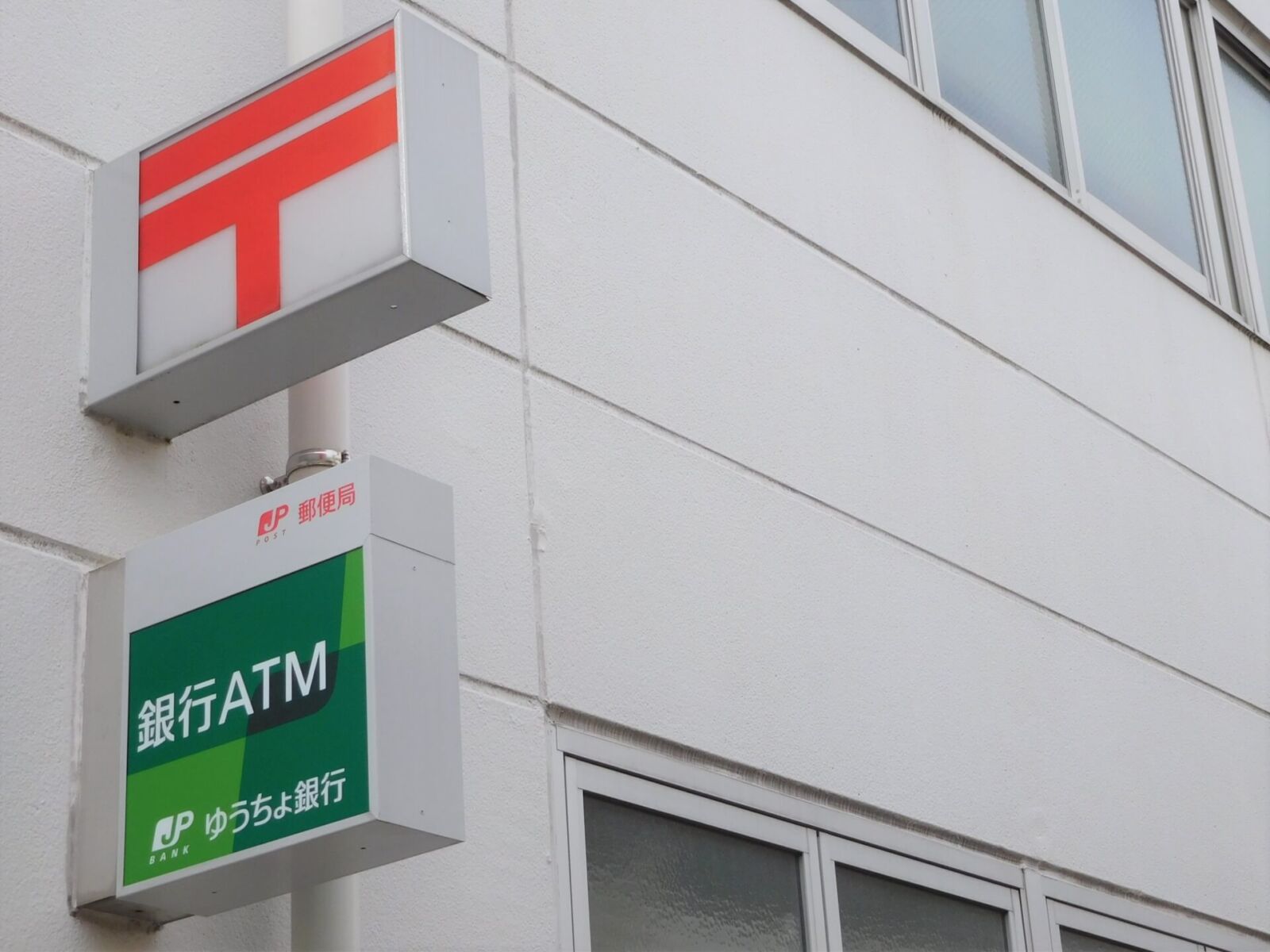
Open 24 hours a day, Japan’s more than 10,000 7-11 convenience stores have ATMs that accept most foreign-issued cards. The transaction fee is low, however total fees vary depending on your particular bank. ATMs are available in English and other foreign languages.
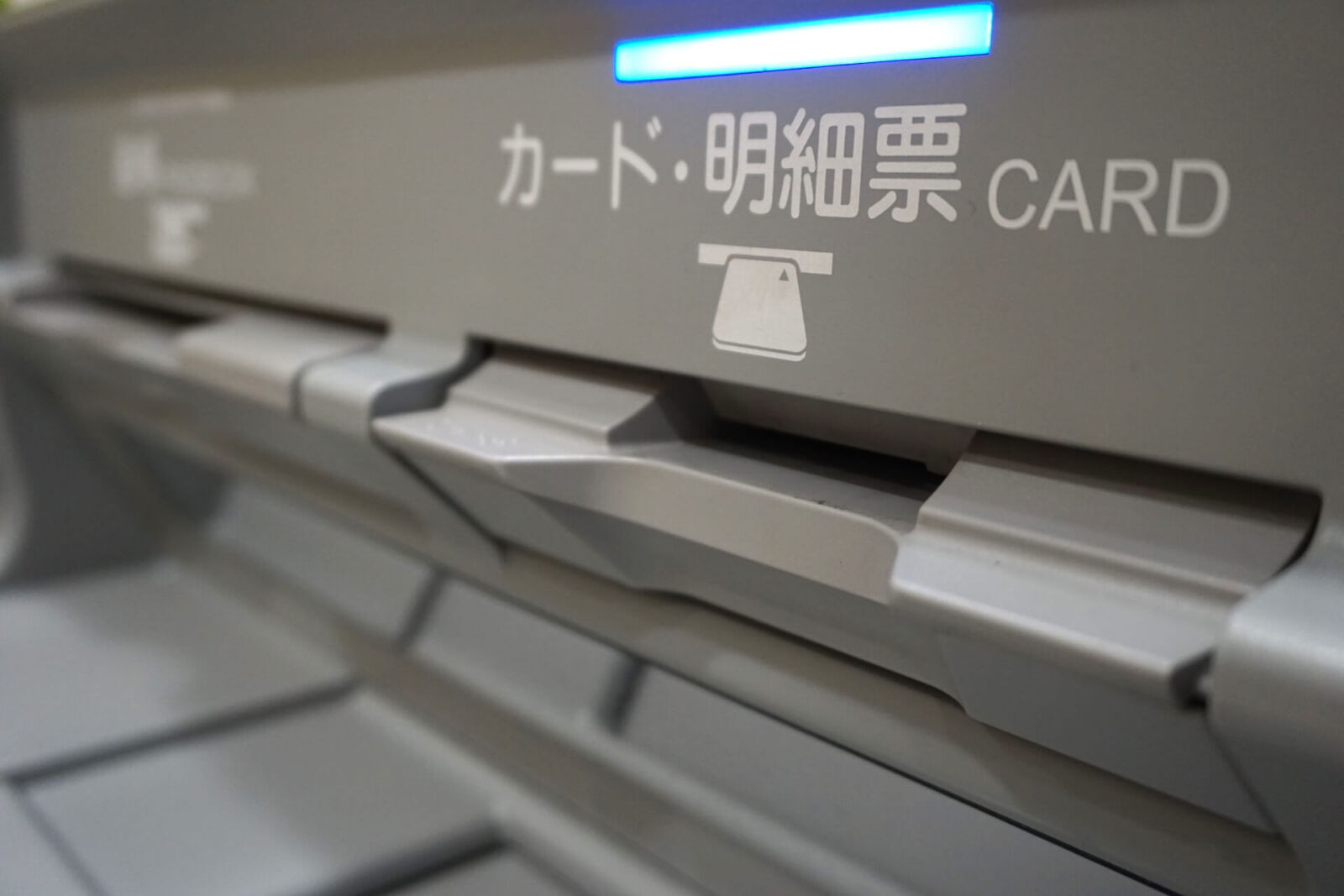
The next best option is Japan’s more than 20,000 post office ATMs. Japan Post Bank allows for cash withdrawal from credit cards and cash (debit) cards issued by overseas financial institutions. Cards issued by VISA, PLUS, Mastercard, Maestro, Cirrus, American Express, JCB, China Unionpay, and DISCOVER can make withdrawals at Japan Post Bank ATMs.
Fees are also typically low and machines can be switched to English. However, as the ATM are usually located inside post office branches, they can only be accessed during business hours.
Japan has many other banks – the largest being Mitsubishi UFJ, SMBC Group and Mizuho . However, while all of them have their own ATMs, international visitors often encounter difficulty using foreign-issued cards at them. Therefore, we recommend using the ATMs at 7-11 or Japan Post Bank to withdraw cash via your credit or debit card.
HOW TO ACCESS INTERNET AND DATA IN JAPAN
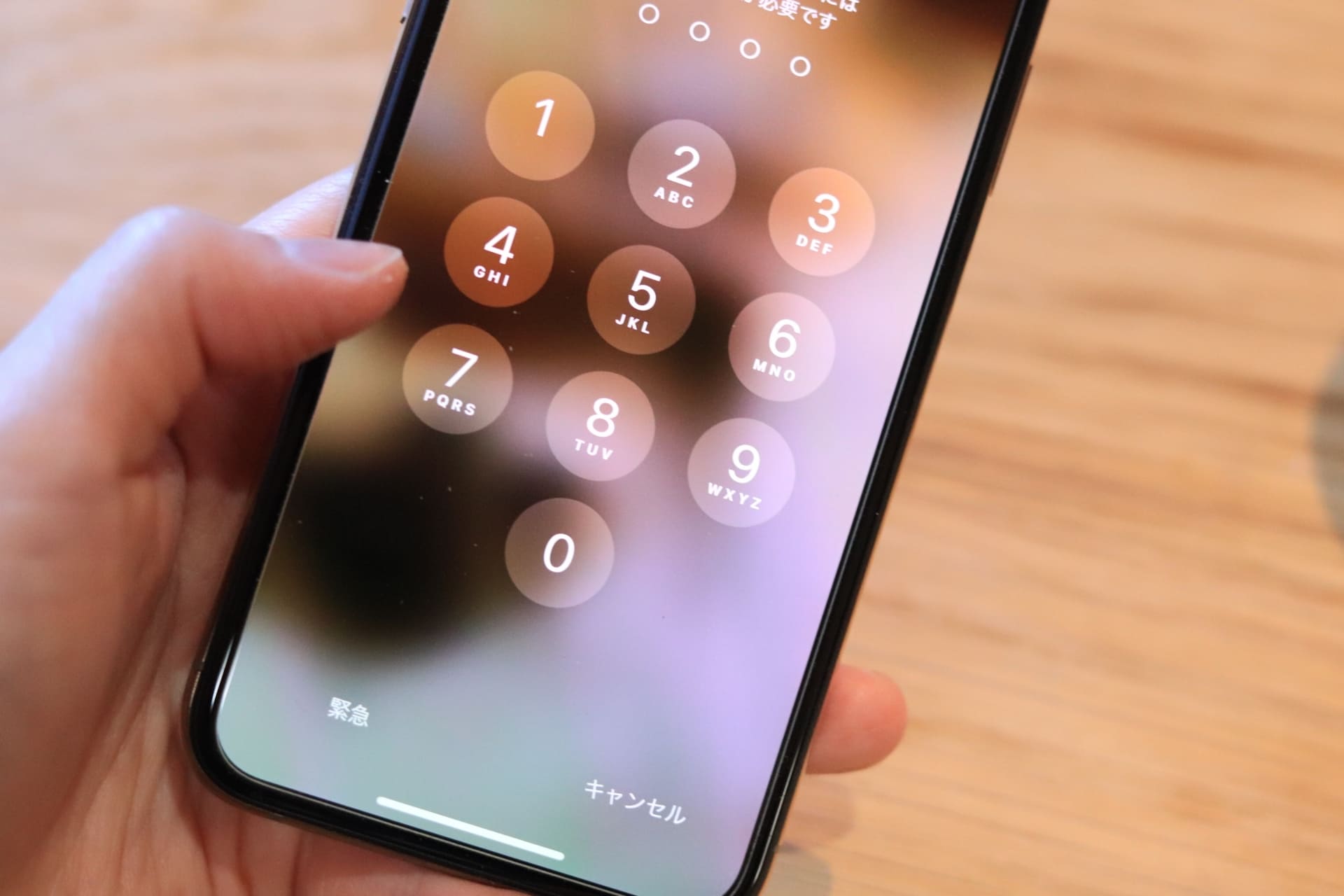
SIM Cards
For most travelers, arranging a temporary SIM card for your existing phone is the best option for access to internet and data. Most modern phones will work on the Japanese network, however to use a temporary SIM your phone needs to be unlocked (not bound to a particular phone service provider).
Most temporary SIM cards are data-only and do not allow voice calls other than when using apps such as Whatsapp, LINE, Skype, etc.
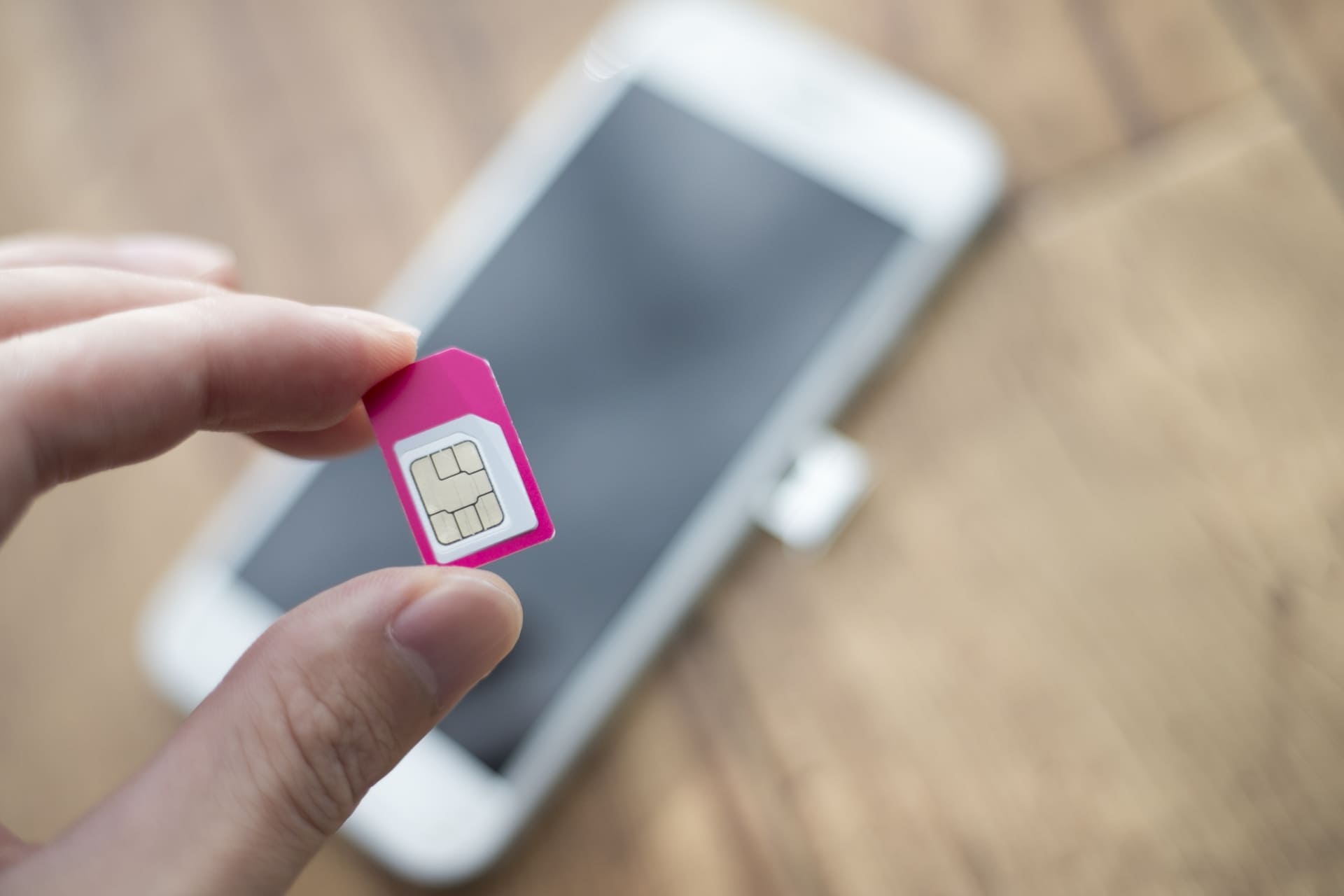
SIM cards can be purchased at airports or a major electronic stores. SIM cards can also be purchased online prior to your travels and delivered to your hotel, arrival airport, or even your home.
Kiosks at the airports and many large electronic stores in Tokyo and Osaka will have English, Chinese and other foreign language-speaking staff to assist you. There is a lot of competition for your business so deals are quite good and rates are always changing.
Rental Phones
Arranging a temporary phone while in Japan is most easily done while at the airport. There are many kiosks offering basic phones for around JPY200 to JPY500 per day to around JPY1000 to JPY2000 per day for smartphones. Additional fees will apply for mobile data, calls, messaging, etc. Same-day rental is available however many companies offer discounts for advanced reservations with many also offering return of the phone at a different location or by post, if you’re not returning to your point of entry. Kiosks at the airport will have English, Chinese and other foreign language-speaking staff to assist you.
Portable WiFi
Arranging a portable WiFi router at the airport is another popular option. Small and easy to carry, the router uses local phone networks to create a wireless network. They are a good option for international travelers as they allow you to access WiFi at all times. Much like SIM cards, there is a lot of competition and rates are always changing.

Free WiFi Hot-spots
Accessing WiFi for free in Japan isn’t as easy as you might expect. Large/modern hotels will provide WiFi free of charge in all area and rooms, however traditional guesthouses and accommodation in rural areas may only provide WiFi in the reception area – reinforcing portable WiFis as a good option to stay connected.
While you’re out-and-about, you’ll find free WiFi hot-spots at international airports, major train stations, tourist information offices, and occasionally convenience stores and franchise coffee shops or restaurants.
Japan Connected-Free WiFi provides a one-time registration for access to approximately 200,000 hot-spots around Japan. Free WiFi Passport provides access to around 400,000 hot-spots including cafes, restaurants, train stations and other locations. Both services require you to provide personal data in order to use them.
ENSURING YOUR DEVICE IS CHARGED IN JAPAN
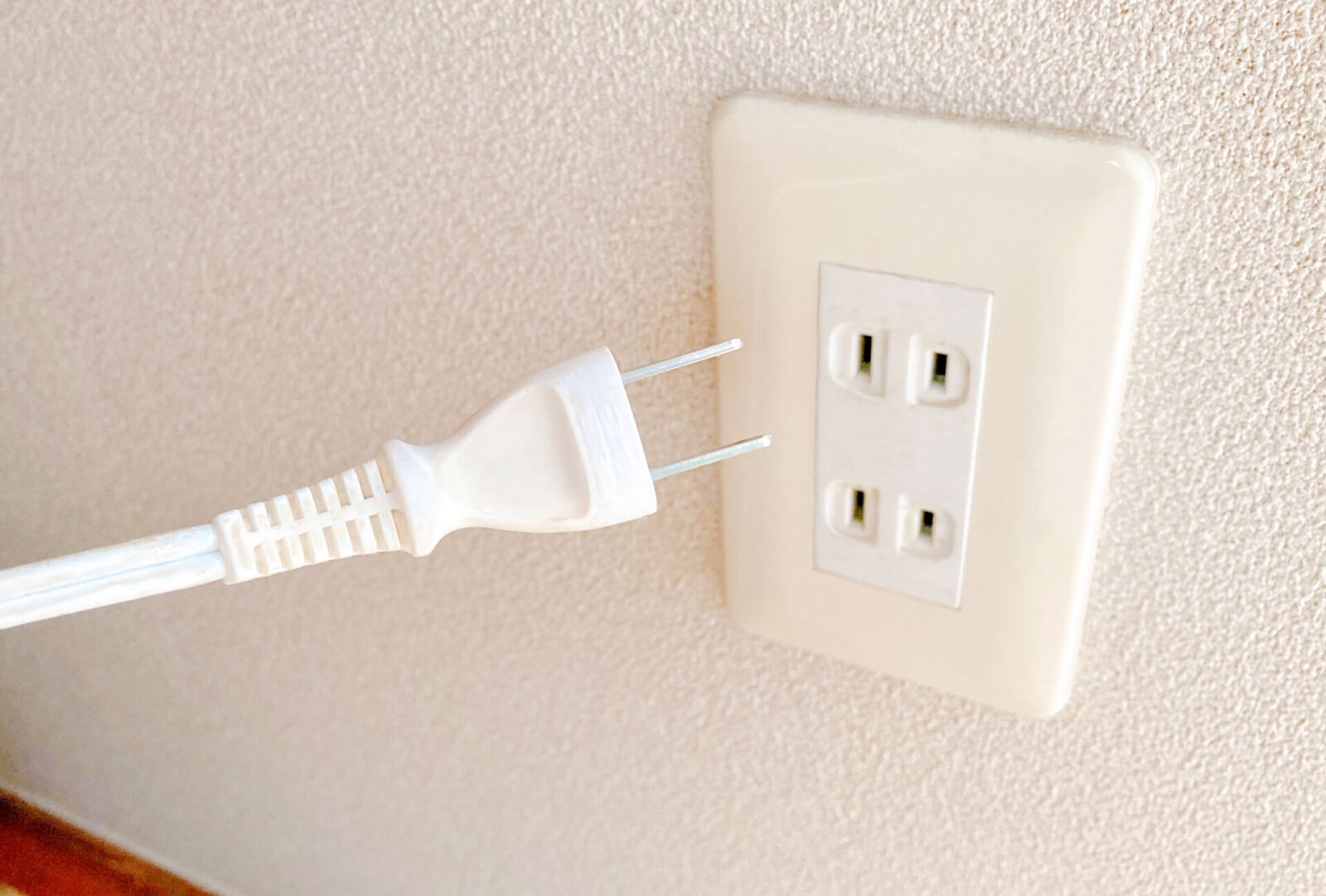
A phone with wifi access or a temporary SIM card is of no use if it isn't charged. So it's important to ensure you have the correct type of cables to be able to charge your device while traveling around Japan.
Japan uses Type A or Type B electrical plug. Type A is the most common type – similar to those used in North America – which either has two non-polarised and ungrounded pins or two pins and a ground wire. While less common, Type B plugs are also found in Japan – most commonly in older buildings, using two pins with a third rounded pin below.
The most important thing to note is that Japan uses a relatively low 100 volts in its residential power supply. This is notably lower than many other countries including Australia 230V, China 110V, Hong Kong 220V, India 230V, Indonesia 230V, Korea 220V, Malaysia 230V, Philippines 115V, Singapore 230V, Thailand 220V, United Kingdom 230V, United States 120V and most of Europe 230V.
While this won’t affect electrical items requiring small amounts of power such as your phone, tablet or laptop, if you are carrying equipment that requires larger amounts of power, be aware that they may not working properly on the lower voltage.
WANT TO MAIL SOMETHING WHILE IN JAPAN?
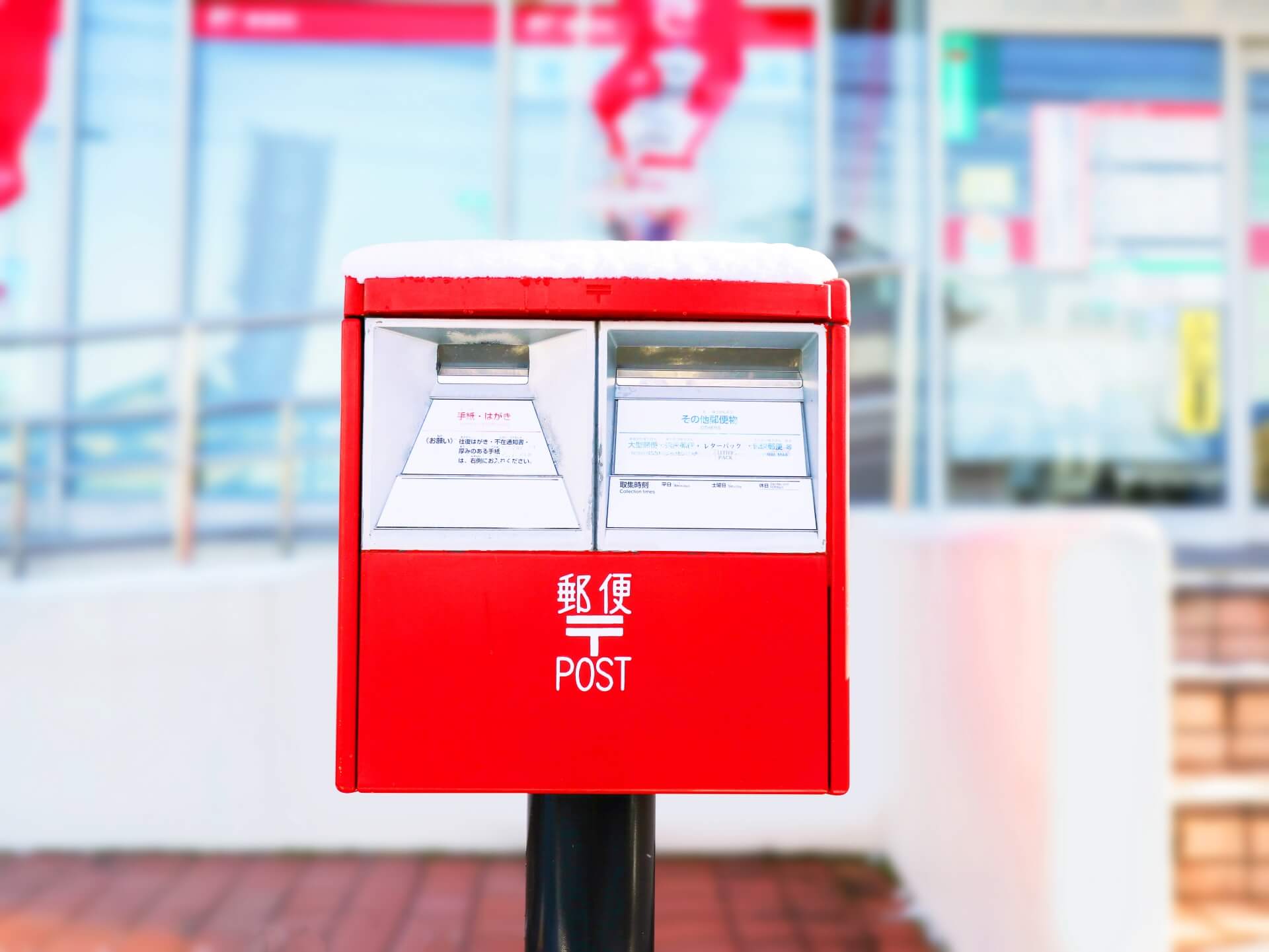
Japan’s postal service, known simply as 'Japan Post' or '郵便局' ‘(yu-bin-kyo-ku), is very reliable and relatively easy to use (at least domestically). You will find post offices throughout the country including at the airports, in and around major train stations and in popular tourist spots. In total, there are approximately 24,000 locations typically open Monday to Friday from 09:00 to 17:00. Local branches are closed on weekends and public holidays however each city will have a central post office – if you need to find it, search for ‘中央郵便局’ – open 24/7. Full services will usually be available on Monday to Friday from 09:00 to 19:00, Saturday from 09:00 to 17:00 and Sunday from 09:00 to 12:30 with some services available via an all-night window between those hours.
Branches at the airports, in and around major train stations and popular tourist spots are likely to have English-speaking staff. It isn’t guaranteed but if you need to do anything that involves detailed conversation, it’s best to head to aim for one of those branches. Once you are away from those branches, you are unlikely to encounter English-speaking staff and anything but the most simple transactions can become confusing.
Sending items within Japan is pretty straight-forward and relatively cheap while sending items abroad can vary in price and complexity. All services you might expect are available including standard mail, registered mail and express mail. The service is reliable, fast and safe to use. When sending items abroad, be prepared to fill-out forms and answer questions. The post office Express Mail Service (EMS) is very reliable however can be quite strict about what you sending, depending on the items you are posting and the country they are bound for. Expect post office staff to consult a big book about what you can and can’t send to each country, and if it’s a process they aren’t familiar with, you might be inexplicably told you can send random items. For this reason, should you need to send packages overseas do so via the main/central branches who are more likely to be used to the process.
As noted above, post office ATMs are one of two the best options in Japan when using foreign-issued cards. ATMs can be switched to English making them easy to use but it’s worth noting that they are usually only accessible during the branch’s business hours and will be closed at night.
We hope this information helps you stay cashed up and connected throughout your travels in Japan. If you are struggling to find the services you need prior to your visit, please feel free to contact us for assistance in arranging hotels, transportation, and all sorts of interesting tours to make your Japan adventures as fun and stress free as possible.














